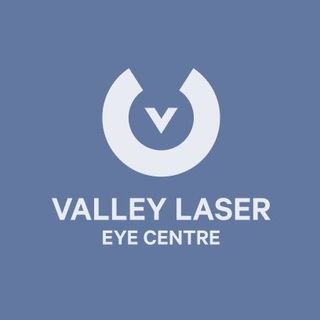Let’s talk about myopia. This is a condition that affects the eyes by causing nearsightedness. It usually starts presenting itself around the time an individual is anywhere around six to fourteen years old.
This has become more of a common case in the digital age, but hereditary factors are also considered to increase the likelihood of its development. It’s essential to know the signs before it turns into extreme myopia.
What Causes Myopia?
As mentioned above, myopia tends to develop during the childhood years and progresses further during adolescence. Though genetics do play a part, it’s also more of the child’s environment and lifestyle.
This might be because of the way they use their eyes, the kind of academic life they have, and the amount of time they spend on digital devices. Children that grow up dependent on technology are more likely to become myopic.
A reputable eye centre can help you get an accurate diagnosis.
What are the Signs and Symptoms of Myopia?
Myopia happens in one of two ways. The first is that the cornea becomes too curved. The other is that the eyeball gets too long from front to back. Either way, this impedes the ability to see close objects clearly. It also has a tendency to make things seem blurry and make the eyes a little more sensitive.
The near-sighted person may have headaches, eye strain, eye fatigue and generally feel more irritation. In some instances, those suffering from myopia may also experience a blurring of lights in the evening.
It’s common for myopic individuals to rub their eyes often and produce tears. They may also have some discomfort when looking at objects at certain angles.
Of course, it should be noted that there are various ways to diagnose myopia in both children and adults. The sooner it is checked, though, the better.
You can expect an initial visual screening that will help the ophthalmologist assess your condition and see whether or not it is myopia.
What is the Treatment for Myopia?
If you are concerned, take comfort in knowing that treatment is available. Although myopia cannot be truly cured, there are various treatments that can help your vision and prevent worsening eyesight.
Even if the condition is mild, a certified eye specialist will opt to prescribe prescription eyeglasses or contact lenses. If the condition is more severe and has already reached the stage of moderate to severe myopia, then stronger prescription glasses or contact lenses will be prescribed.
Corrective treatment also includes lifestyle changes like going out more and being less exposed to screens and other visual elements that stress the eyes. Then, you may also have the option to take specialized eye drops to help slow down the progress of myopia.
Conclusion
Mild myopia is manageable, but as it progresses, it can be quite serious. Severe cases may also affect your lifestyle and can cause a lot of problems in your day-to-day activities.
For that reason, it’s important to seek good eye care and follow the advice of your ophthalmologist.
For quality eye care and vision correction, visit the Valley Laser Eye Centre. We deliver a seamless vision clinic experience that connects you with a reliable ophthalmologist in Abbotsford.





